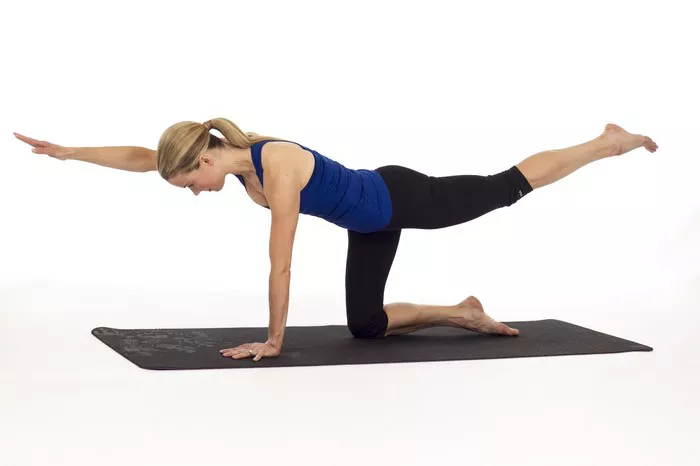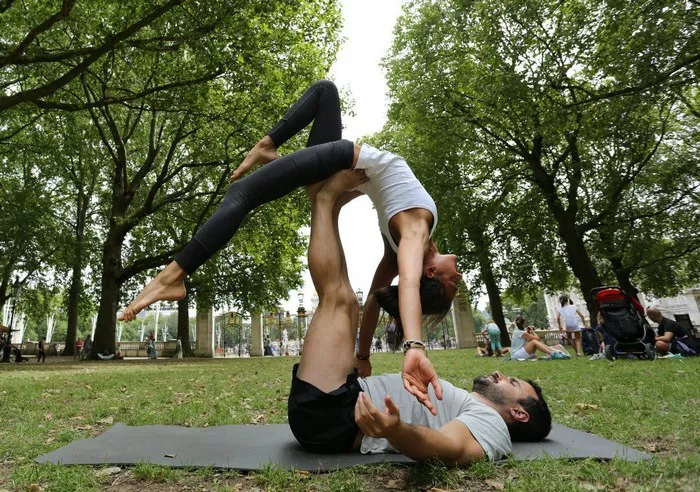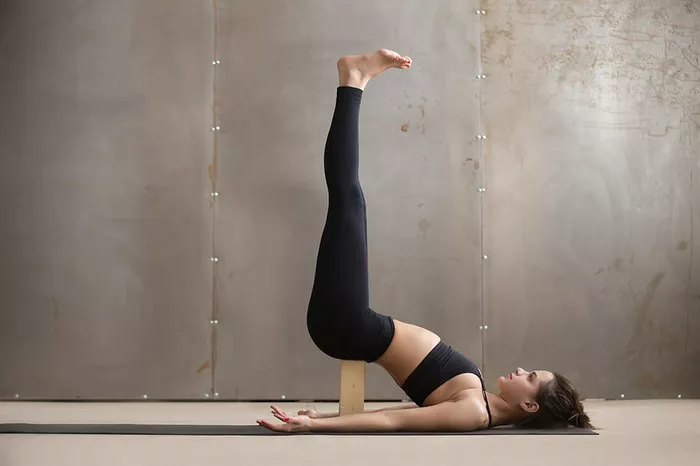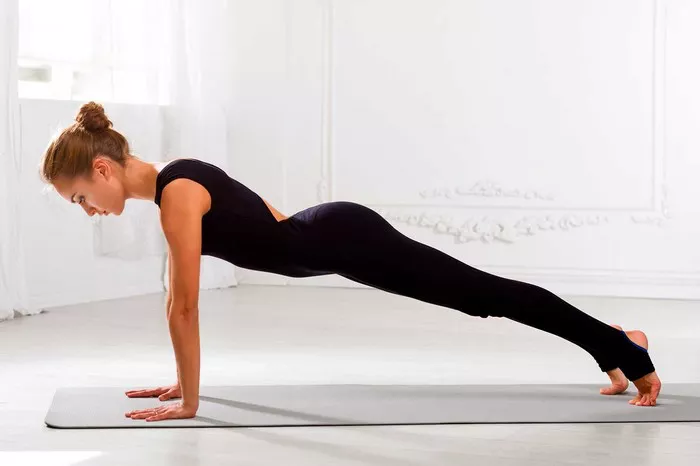Yoga, an ancient practice originating from the Indian subcontinent, encompasses a diverse array of poses aimed at harmonizing the body, mind, and spirit. Among these poses, the Bird Pose stands out as a symbol of grace, strength, and freedom. In this comprehensive guide, we delve into the origins and symbolism, physical and mental benefits, variations and modifications, step-by-step instructions, as well as precautions and contraindications associated with the Bird Pose.
Origins and Symbolism
The Bird Pose, known as “Sanskrit: Kapotasana,” finds its roots in Hatha Yoga, a branch of yoga that emphasizes physical postures. The name “Kapotasana” is derived from two Sanskrit words: “kapota,” meaning pigeon or dove, and “asana,” meaning pose. In Hindu mythology, birds symbolize freedom, transcendence, and the connection between the earthly and divine realms. The graceful posture of birds in flight has inspired yogis to mimic their movements, seeking to embody their qualities through the Bird Pose.
Physical and Mental Benefits
The Bird Pose offers a myriad of physical and mental benefits for practitioners of all levels:
1. Improved Flexibility: Performing the Bird Pose stretches the thighs, groins, abdomen, chest, shoulders, and neck, thereby enhancing overall flexibility and mobility.
2. Strengthened Muscles: This pose engages various muscle groups, including the quadriceps, glutes, hamstrings, core muscles, and shoulder stabilizers, resulting in increased strength and stability.
3. Enhanced Posture: Regular practice of the Bird Pose helps align the spine, open the chest, and elongate the torso, promoting better posture and alleviating discomfort from prolonged sitting or standing.
4. Stress Reduction: The rhythmic breathing and meditative focus required in the Bird Pose facilitate relaxation, reduce stress levels, and promote mental clarity and emotional balance.
5. Heart Opening: As the chest expands and the heart center lifts in the Bird Pose, practitioners experience a profound sense of openness, vulnerability, and compassion, fostering deeper connections with themselves and others.
Variations and Modifications
While the traditional Bird Pose involves an advanced level of flexibility and strength, variations and modifications cater to practitioners of varying abilities and body types:
1. Supported Bird Pose: Place a bolster or folded blanket beneath the hips to alleviate pressure and support the lower back.
2. One-Legged Bird Pose: Extend one leg behind you while keeping the other knee bent, providing a gentler stretch for beginners or individuals with limited flexibility.
3. Wall Bird Pose: Stand facing a wall and place your hands on the wall for support as you lean forward into the pose, allowing for greater stability and balance.
4. Chair Bird Pose: Sit on the edge of a sturdy chair with your feet flat on the floor and lean forward, resting your torso on your thighs and your arms on the backrest of the chair.
Step-by-Step Instructions
Follow these step-by-step instructions to practice the traditional Bird Pose:
1. Begin in a kneeling position on the mat, with your knees hip-width apart and your spine upright.
2. Inhale deeply as you engage your core muscles and lengthen your spine.
3. Exhale as you lean backward, placing your palms on the mat behind you, fingers pointing away from your body.
4. Press into your palms and lift your chest toward the ceiling, arching your back and opening your heart center.
5. Engage your glutes and thighs to lift your hips toward the sky, creating a deep backbend in your spine.
6. Optionally, you can tuck your toes under and lift your knees off the mat, straightening your legs and coming into a full expression of the pose.
7. Hold the pose for 5-10 breaths, maintaining steady breathing and focusing on the expansion of your chest and the lift of your heart.
8. To release, gently lower your hips back to the mat and return to a kneeling position.
Precautions and Contraindications
While the Bird Pose offers numerous benefits, it is essential to practice with caution and awareness of potential risks:
1. Avoid if Pregnant: Pregnant individuals should avoid deep backbends like the Bird Pose, as they can strain the abdominal muscles and compress the uterus.
2. Injury Precautions: Individuals with a history of neck, shoulder, or lower back injuries should approach the Bird Pose with caution and consult a healthcare professional before attempting it.
3. Warm-up: Always warm up the body with gentle stretches and movements before attempting advanced yoga poses like the Bird Pose to prevent strain or injury.
4. Listen to Your Body: Pay attention to any discomfort or pain during the pose and modify or release as needed. Honor your body’s limitations and avoid pushing beyond your capacity.
5. Consult a Professional: If you have any concerns or medical conditions, consult a qualified yoga instructor or healthcare provider before incorporating the Bird Pose into your practice.
Conclusion
In conclusion, the Bird Pose embodies the essence of freedom, strength, and grace, offering practitioners a transformative journey of physical and mental well-being. By exploring its origins, symbolism, benefits, variations, and precautions, individuals can cultivate a deeper understanding and appreciation for this majestic yoga asana. Whether you’re a seasoned yogi or a novice explorer, spread your wings and soar to new heights with the Bird Pose.
FAQs:
What does the eagle pose symbolize in yoga?
The eagle pose, known as “Garudasana” in yoga, symbolizes strength, focus, and balance. It embodies the grace and power of the eagle, encouraging practitioners to concentrate their energy and find stability amidst challenges.
What is the pigeon pose in yoga for?
The pigeon pose, or “Kapotasana,” in yoga is primarily for hip opening and stretching. It targets the hip flexors, groin, and lower back, releasing tension and promoting flexibility. Additionally, this pose helps alleviate sciatic pain and can provide relief from stress and anxiety by opening the chest and facilitating deep breathing.
What is the sunbird pose called in yoga?
The sunbird pose is called “Chakravakasana” in yoga. This pose focuses on spinal flexibility and strengthening the core muscles. It involves balancing on hands and knees while alternately extending opposite arm and leg, resembling the stretching motion of a bird in flight. Chakravakasana helps improve posture, coordination, and stability while also relieving tension in the back and shoulders.
















